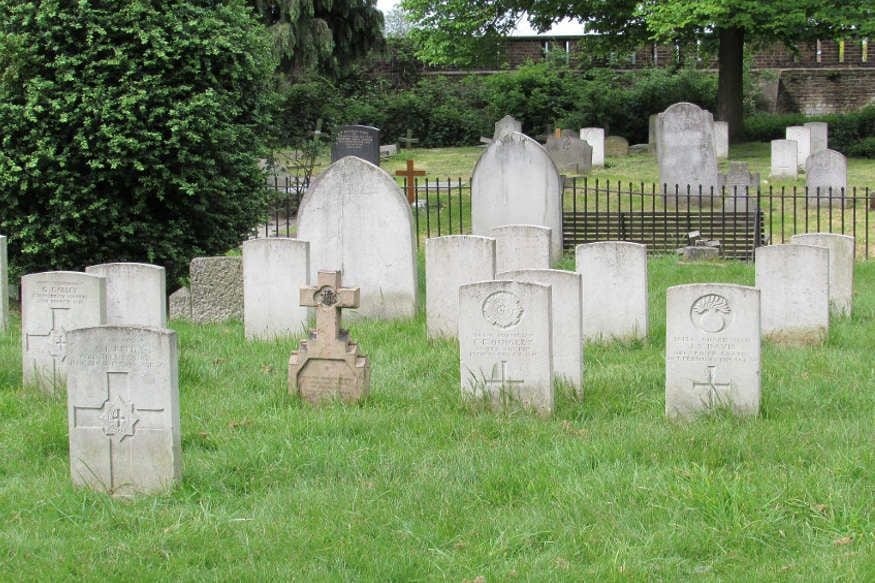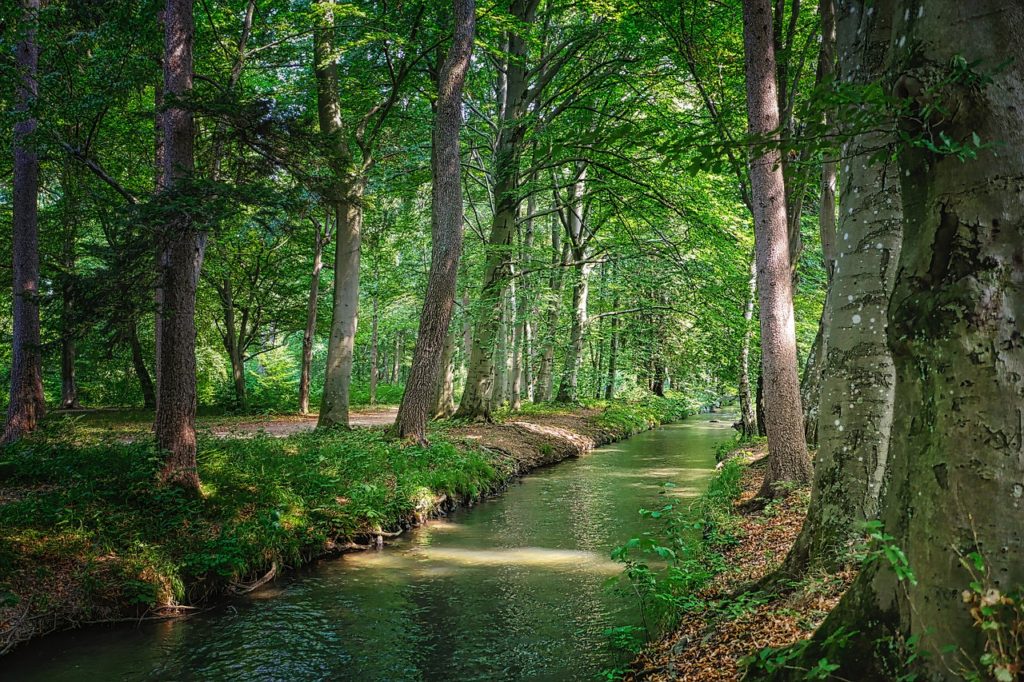The leaves are arguably the most important part of a plant. It is responsible for sucking in the necessary ingredients for photosynthesis, such as carbon dioxide and sunlight, and pushing out valuable by-products such as oxygen and water vapour. These green extensions are found almost everywhere on the planet.
There is a lot that we can learn about the properties and the condition of the source plant, just by looking at its leaves. From the colour to the chemical composition, everything is affected by the immediate environment of the plant. Could this property be used to extract information about something more adventurous?

This all began when a researcher by the name Neil Stewart went on a tour to the University of Tennessee’s ‘Body farm’ – formally known as the Anthropology Research facility. It is a dedicated piece of land specifically meant for researchers to study the effects of human decomposition on the land itself.
The idea presented in the article came to Neil when he was trying to distract himself from all the human bodies on the ground. He was looking at the trees and plants when he realized that the decomposing bodies might have had an effect on the surrounding plants.
If the effect of the decomposing bodies is strong enough, maybe it can be observed from the air as well. The idea needed to be refined; therefore, Neil partnered up with another team of biologists and anthropologists to do the same. Their ideas were published in the journal Trends in Plant Science.
The idea states that forest trees and invasive understory plants can prove to be useful when it comes to identifying cadavers buried under the soil. This, however, will require the identification of the exact features in a plant that respond to a decomposing body.

The patches of land where a large number of decomposing bodies are present could have some tell-tale signs that can be exploited. A large number of decaying bodies could release a large amount of Nitrogen into the neighbouring soil.
Depending on how quickly the plants respond to the influx of Nitrogen, it can cause the colour of the leaves of those plants to change. Extra nitrogen from the cadavers could provide excessive fertilization, which could lead to extremely green leaves in the nearby vegetation. Extra Nitrogen in leaves is well associated with extra ‘greening.’
The idea is still unproven, and the mechanics of such interaction are still unknown. However, if something similar can be observed in plants, it is entirely possible that a new and efficient system for identifying missing persons in forests and other green areas can be made from it.
Further Reading:


